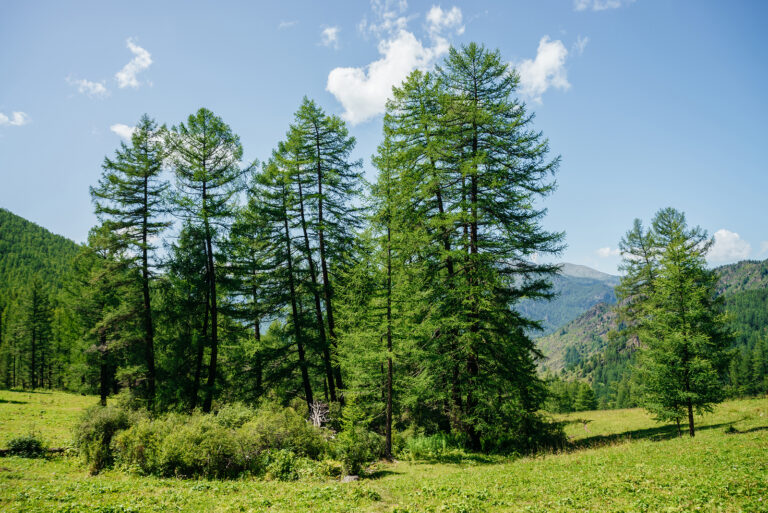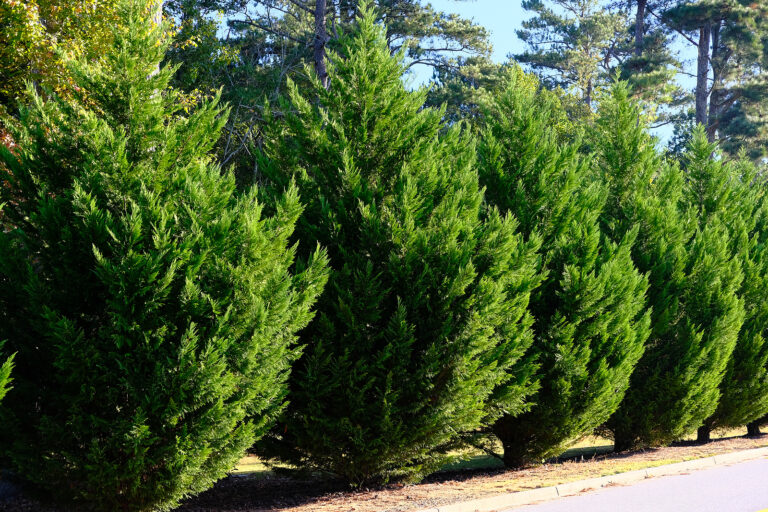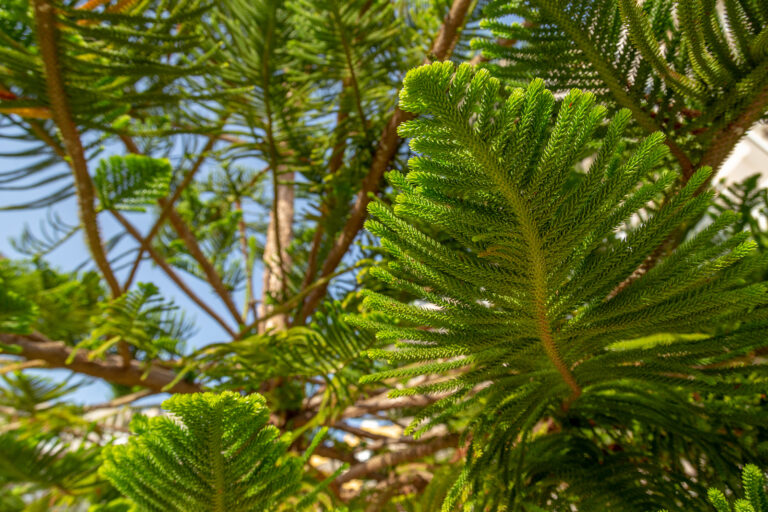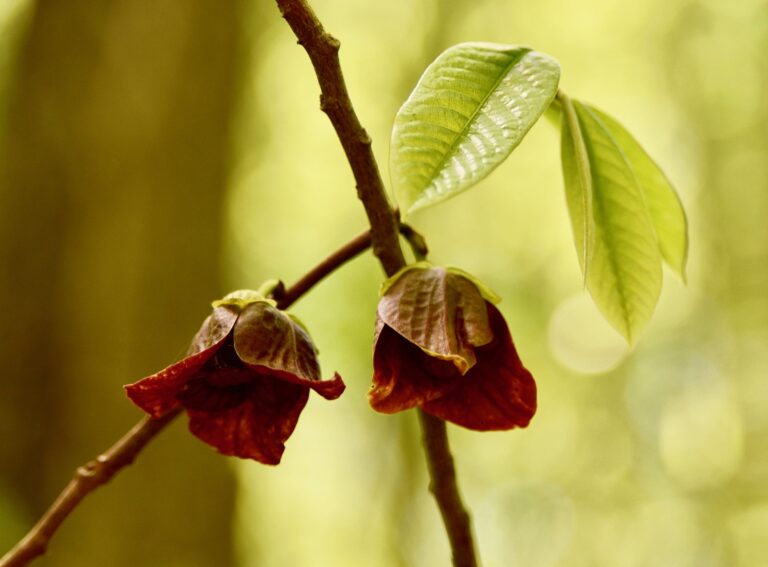How to Grow Melaleuca
Melaleuca is a genus of around 300 species of plants in the myrtle family (Myrtaceae), commonly known as paperbarks, honey myrtles, or tea trees. Native to Australia, Melaleuca plants are versatile and thrive in various climates, particularly in warm, temperate, and tropical regions. They are recognized for their distinctive bark, aromatic leaves, and often showy flowers that range in color from white to shades of pink, red, yellow, and purple.
Characteristics of Melaleuca
- Foliage: Most species have narrow, aromatic leaves that release oils when crushed.
- Bark: Many Melaleuca species, such as the paperbarks, have layers of soft, peeling bark, giving them a textured appearance.
- Flowers: The flowers are typically arranged in dense clusters and have a bottlebrush-like structure. They are attractive to pollinators like bees and birds.
- Growth Habit: Melaleuca species can range from shrubs to small trees, depending on the variety.
- Climate: Melaleuca is ideal for warmer climates (USDA Zones 9-11), but some varieties can tolerate cooler conditions.
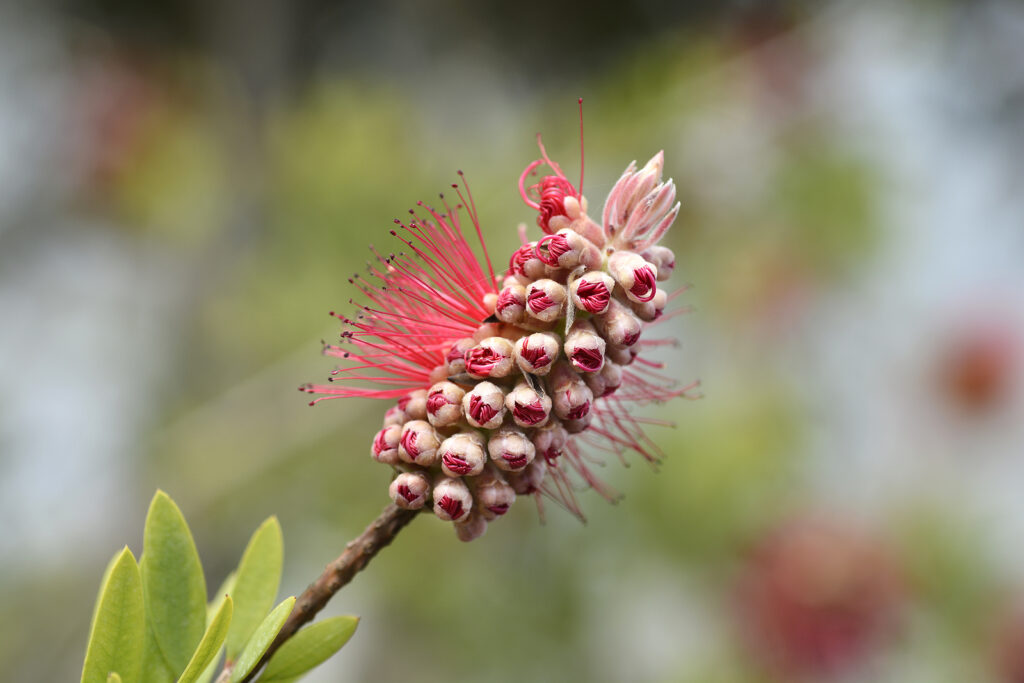
Melaleuca Garden Uses
- Ornamental Tree or Shrub: Melaleuca species make great ornamental plants due to their unique bark, lush foliage, and showy flowers. They can be used as standalone specimens or in mixed borders.
- Screening and Hedges: Some species, like Melaleuca alternifolia (tea tree), grow quickly and can be used as hedges or windbreaks.
- Wildlife Attraction: The flowers are rich in nectar, making them attractive to bees, birds, and butterflies, which can enhance the biodiversity of your garden.
- Coastal Gardens: Melaleuca species are often tolerant of salt spray and can be planted in coastal areas, helping to prevent soil erosion.
- Wetland Gardens: Several species are adapted to wet conditions and can be used in rain gardens or areas prone to flooding.
- Medicinal Uses: Some species, like Melaleuca alternifolia, are the source of tea tree oil, which has antiseptic and antibacterial properties. While not typically harvested from home gardens, these species add a functional aspect to the garden.
When to Plant Melaleuca
- Plant Melaleuca in the spring or fall, and water thoroughly after planting.
Where to Plant Melaleuca
- Plant in well-draining soil. Melaleuca prefers a well-draining soil with a pH of 5.5 to 7.5. Make sure the soil is not waterlogged, as this can lead to root rot.
- Choose a sunny location: Melaleuca thrives in full sun or partial shade. Make sure the plant receives at least 6 hours of direct sunlight per day.
- Plant Melaleuca in a location with good air circulation to help prevent fungal diseases.
Watering and Feeding Melaleuca
- Melaleuca is drought-tolerant once established, but it benefits from regular watering during the growing season.
- Water melaleuca regularly, keeping the soil evenly moist but not waterlogged. During hot and dry periods, water more frequently.
- Melaleuca plants prefer consistently moist soil, but do not like to sit in water. Water deeply and allow the soil to dry out slightly before watering again. Watering needs may vary depending on the climate and the season.
- Apply a layer of organic mulch around the base of the plant to help retain moisture and suppress weeds.
- Melaleuca does not require regular fertilizing. However, you can fertilize with a slow-release, balanced fertilizer in the spring to encourage healthy growth.
- Melaleuca plants do not typically require frequent fertilization. Use a balanced, slow-release fertilizer in the spring to help promote growth.
- Feed Melaleuca with a balanced fertilizer in the spring and summer to promote healthy growth. Follow the package instructions for application.
Pruning Melaleuca
- Prune as needed. Prune to remove dead or damaged branches, shape the plant, or control its size. Pruning can be done throughout the year, but avoid heavy pruning in the dormant season.
- Prune Melaleuca plants to maintain their shape and encourage new growth. Remove any dead or damaged branches, as well as any branches that are crossing or rubbing against each other.
Melaleuca Pests and Diseases
- Melaleuca plants are generally pest and disease resistant, but they can be susceptible to fungal diseases if they are planted in poorly draining soil. Keep an eye out for any signs of disease, such as wilting or yellowing leaves, and treat promptly with an appropriate fungicide.
- Melaleuca is relatively pest and disease resistant, but it can be susceptible to aphids, scale insects, and leaf spot. Treat any pest infestations with insecticidal soap or neem oil, and remove any affected leaves to prevent the spread of disease. Treat any infestations promptly.
- Monitor Melaleuca for for pests and diseases: Keep an eye out for common pests like scale insects, aphids, and spider mites, as well as diseases like powdery mildew and root rot.
How to Propagate Melaleuca
- Melaleuca can be propagated from seeds or cuttings. Seeds can be sown in the spring, while cuttings can be taken in the summer and rooted in a well-draining potting mix.
- Melaleuca can be propagated from seeds, cuttings, or layering. Choose the method that works best for you and follow proper propagation techniques.
- Melaleuca can be propagated from seeds or cuttings. To propagate from cuttings, take a 6-inch cutting from a healthy plant and dip the cut end in rooting hormone before planting in a well-draining potting mix.
Overwintering Melaleuca
- If growing melaleuca outdoors in a cold climate, consider bringing the plant indoors for the winter. Keep the plant in a sunny location and water sparingly during the winter months.
Popular Melaleuca Varieties for the Garden
- Melaleuca alternifolia (Tea Tree): Known for its essential oils, this small tree (up to 7 meters tall) has narrow leaves and white bottlebrush-like flowers.
- Melaleuca quinquenervia (Paperbark Tree): This species has a unique papery bark and creamy-white flowers. It is often used in wetland areas and can grow up to 25 meters.
- Melaleuca linarifolia (Snow-in-Summer): Known for its profusion of white, fluffy flowers that cover the tree in summer, creating a “snowy” appearance. This species grows as a small tree or shrub and is perfect for ornamental purposes.
- Melaleuca citrina (Lemon Bottlebrush): With striking red bottlebrush flowers and lemon-scented leaves, this shrub or small tree can be a vibrant addition to gardens. It typically reaches about 4 meters in height.
- Melaleuca ericifolia (Swamp Paperbark): A shrub or small tree that thrives in wet areas and produces cream-colored flowers. It’s excellent for creating dense hedges or natural windbreaks.


